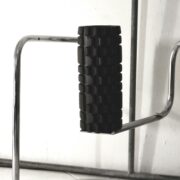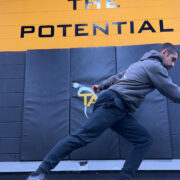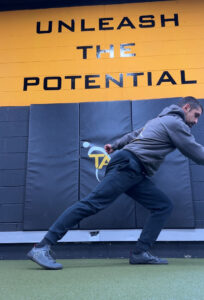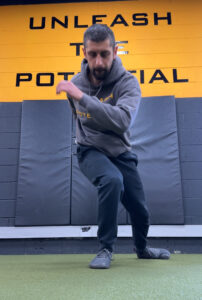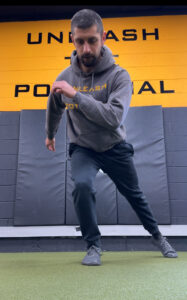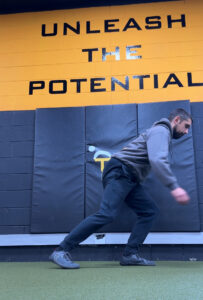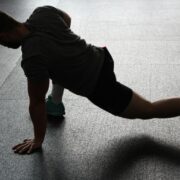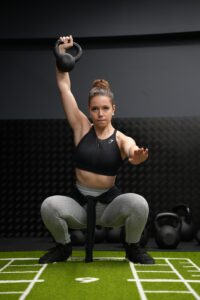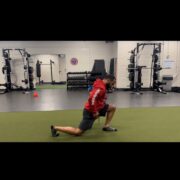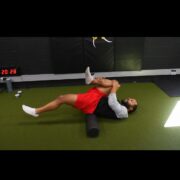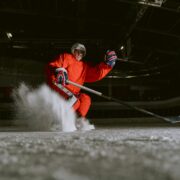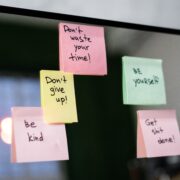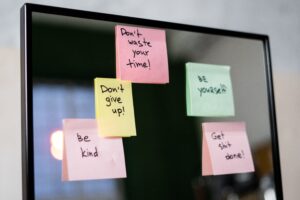Top 3 Techniques To Get Stronger Without Weights
Top 3 Techniques To Get Stronger Without Weights
Although we live in a performance world where everyone wants to use weights to get stronger which obviously can work…but before you go buying all those weights, there are a few techniques you can still use to get super strong that can be done anywhere anytime! We’ll break down our top 3 techniques. we use with our athletes.
Tempo
Adding tempo to your exercises can greatly increase the strength you can gain from them. Tempo refers to the time under tension during your reps. Let’s use a pushup for example. Use a 5 second down, 5 sec up cadence on your pushup. This will greatly increase the difficulty and strength you can gain from the exercise! You can also add in pauses during your reps too. This will not only make the exercises harder but also will improve your body control and stability!
Intensity
Intensity is referring to how hard your body is working during exercise. Ok, this may seem like an obvious one but there are specific ways to increase the intensity to make sure your getting the most of your exercise program! Let’s use a squat for an example. A body weight squat may not be hard but you can add a jump to add intensity or switch to only one leg to increase the intensity of it.Another way to increase intensity is to combine multiple exercises together without any breaks. This is called super setting. An example may be pushups right into pullups or squat jumps right into jump lunges.
Duration
Duration is exactly what it sounds like, how long you are performing an exercise. Either you can do an exercise for continuous reps until failure or complete a certain amount of reps in a certain period of time. An example is on our challenge days with our athletes they may have to complete 200 pushups and 50 pullups, among various other exercises in a certain period of time. Anyone who has ever completed a challenge workout with us knows they are no joke and require some serious strength!
Now you can see there are many ways to still get super strong without needing heavy weights. Although weights still have a place in a balanced elite hockey player program, the ability to be strong through your bodyweight first is always a core component we look to instill in our athletes!
Written by:
Rob Jost – ACE-CPT, NSCA-CPT
Suggested Article: Have Your Best Off-Season Yet
Take action… Now!
Visit us:
Inside of the Flyers Training Center
601 Laurel Oak Rd.
Voorhees, NJ 08043

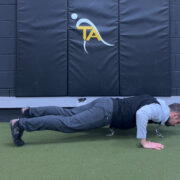
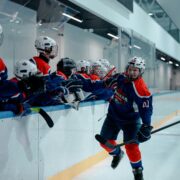
 Battle Tested
Battle Tested
